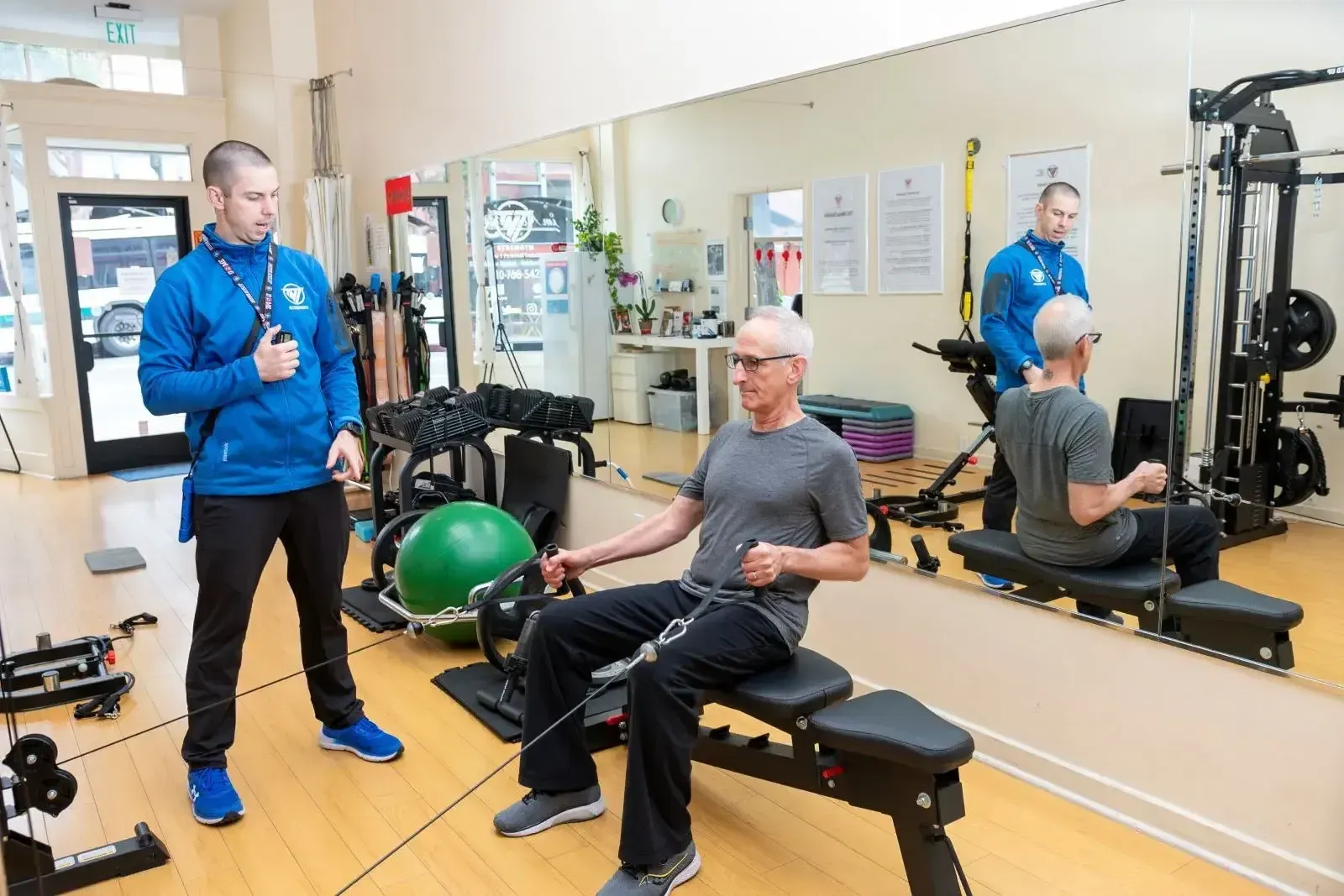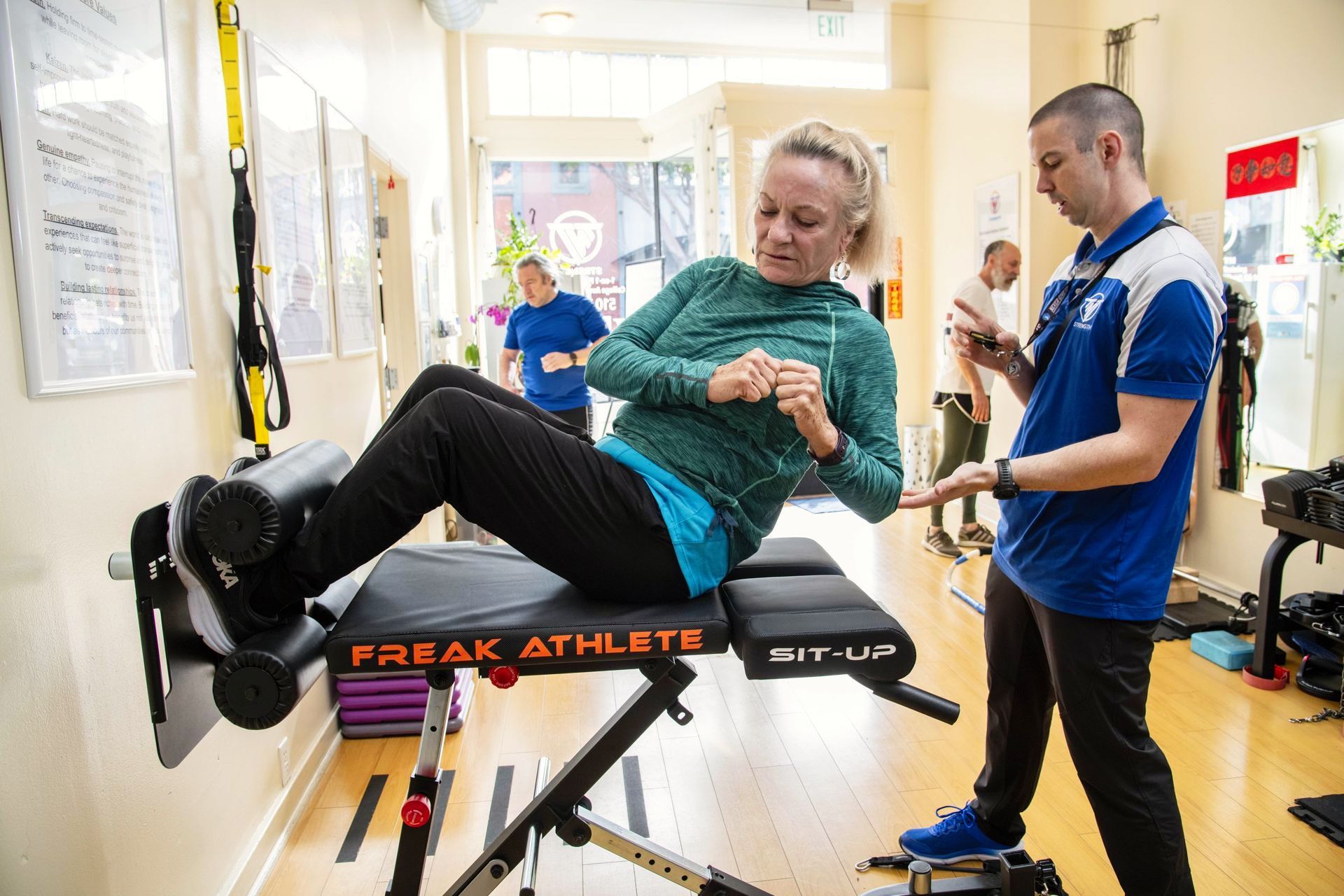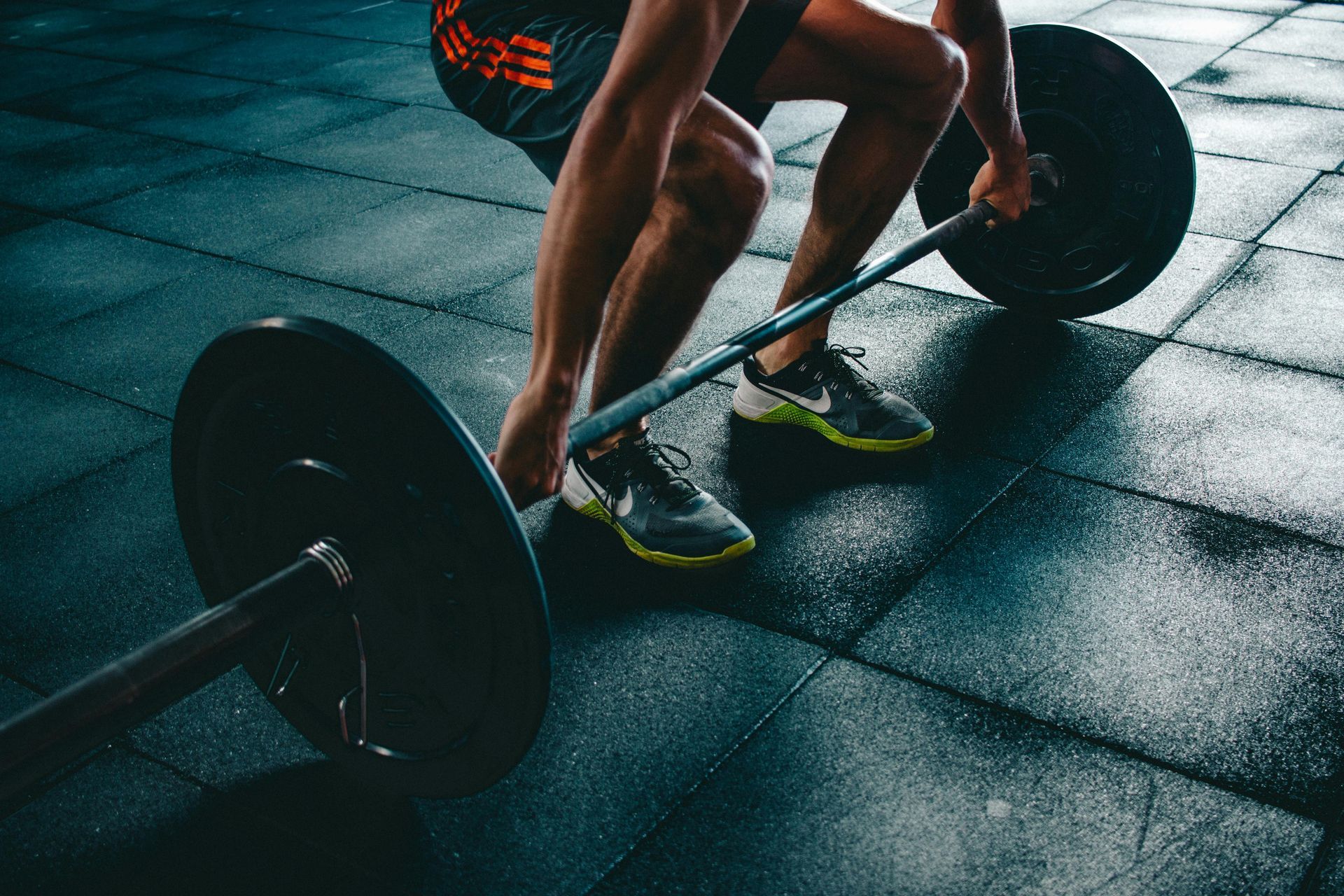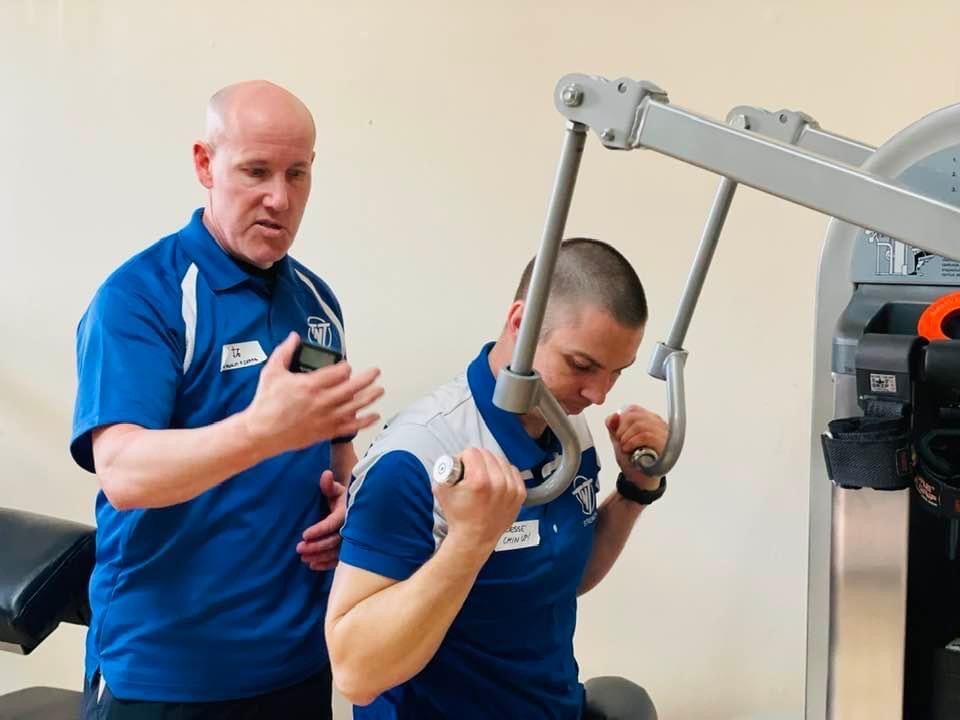Strength Training Is Not a Sport—And Why That's a Good Thing
If you've followed me for a while, you know I love the iron. What I want to make clear from the start is this: strength training is not a sport. And that's exactly what makes it so powerful. Sports are built on competition, scoreboards, and winning under pressure. Strength training, on the other hand, is built on consistent practice, steady adaptation, and the pursuit of health that lasts a lifetime. You don't need a team, a referee, or a finish line—you just need a plan, some effort, and the willingness to show up.
Below is a quick philosophical dive into why separating "Strength Training" from "Sport" is liberating—and how that mindset keeps you healthier, more consistent, and paradoxically, often better at your chosen sport (or just better at life).
The Mission: Health, Function, Longevity
When we treat strength training as a health practice , our targets get clear:
- Preserve and build muscle to maintain metabolic health, bone density, and functional independence.
- Improve strength and resilience so daily life feels easier and injuries are less likely.
- Train consistently —the #1 driver of long-term results.
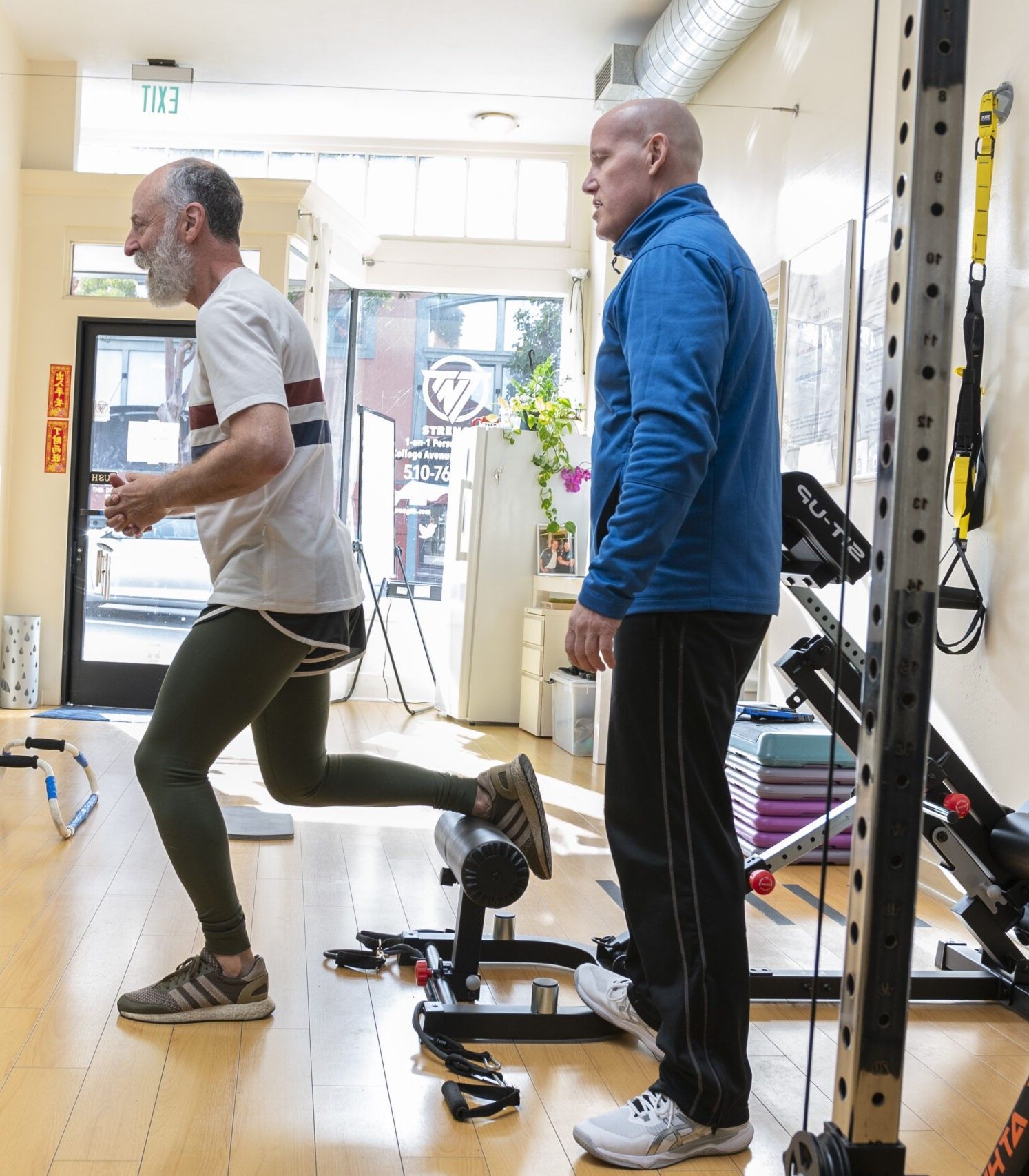
This isn't just philosophy. Global guidelines explicitly call out muscle-strengthening activities as a pillar of public health, recommending work for all major muscle groups 2+ days per week because it meaningfully improves health outcomes. (WHO 2020 Guidelines -- PDF)
Even modest weekly time in strength work correlates with lower mortality risk. A large meta-analysis found J-shaped benefits with roughly 30–60 minutes per week of muscle-strengthening linked to reduced all-cause, cardiovascular, and cancer mortality—plus even greater benefits when combined with aerobic activity. (British Journal of Sports Medicine, 2022 -- PDF; PubMed summary: https://pubmed.ncbi.nlm.nih.gov/35228201/)
Why "Not a Sport" Matters
1) No scoreboard means no self-sabotage
Sports push you to squeeze out wins today. Training prioritizes what gets you better this month, this year, this decade. That shift kills ego-lifting, junk volume, and random "PR or bust" decisions that derail progress and cause injuries.
2) Practice design, not performance pressure
In sport, the day's outcome can dictate your plan. In training, the plan dictates the day . We dose intensity, volume, and frequency to stimulate adaptation—then recover, repeat, and progress. The American College of Sports Medicine lays out clear, progression-based principles for healthy adults: use appropriate loads, control tempo, and progress methodically to match your goal (strength, hypertrophy, power, endurance). (ACSM Position Stand, 2009 -- PDF)

3) Lower risk, higher return
When coached well and loaded sensibly, resistance training is remarkably safe compared with many competitive sports. A review in youth populations reported injury rates per 100 participant-hours of ~ 0.0035 (resistance training) and 0.0017 (weightlifting) versus 0.8000 for rugby. The big picture: properly supervised strength work has a small injury footprint relative to common field or endurance sports. (British Journal of Sports Medicine -- open access review)
Health vs. Performance vs. Aesthetics (Pick the Right North Star)
- Health: Train the full body 2–3 days per week. Prioritize big movements, safe ranges, and steady progression. Walk out feeling better than you walked in.
- Performance: Layer sport-specific work on top of a health-first base. Strength is your insurance policy for power, durability, and repeatability.
- Aesthetics: Same foundation. Nutrition and sleep do the heavy lifting here. Chasing "the look" without respecting recovery is how physiques (and joints) get wrecked.
All three goals benefit from simple, progressive strength work . But when in doubt, aim at health —it's the only goal that amplifies the other two without collateral damage.

The TNT Template: Simple, Hard, Repeatable
Here's how I program for most busy humans who want strength for life:
- Frequency: 2–3 total-body sessions per week.
- Exercise menu: Push, pull, hinge, squat, carry/brace. Machines or free weights—use what fits you.
- Effort: Work sets to Momentary Muscular Failure (with pristine form).
- Progression: Add a rep or small load when your form and tempo are rock-solid.
- Recovery: Sleep like it's your job. Walk daily. Eat protein at every meal.
- Consistency: Missed a session? Don't "make up" for it. Just resume the plan.
This isn't flashy. It's repeatable . And repeatability is the real "secret."

A Note to Athletes (and Former Athletes)
If you compete—or used to—the sport mindset can hijack the gym: maxing when you should be practicing, grinding when you should be recovering. Keep reminding yourself:
- The gym is the laboratory , not the arena.
- You're training qualities, not chasing medals.
- Today's "win" is excellent reps, stable joints, and a nudge forward.
When you treat strength training as a practice , your performance ceiling rises—and your body lasts.
TAKU's NOTE:
Strength training isn't a sport. It's infrastructure —the chassis that carries you through life. When we strip away the scoreboard and lean into progression, safety, and consistency, we get what we came for: more capable bodies, clearer minds, and a longer runway to keep doing what we love.
Stay strong, stay smart,
—TAKU
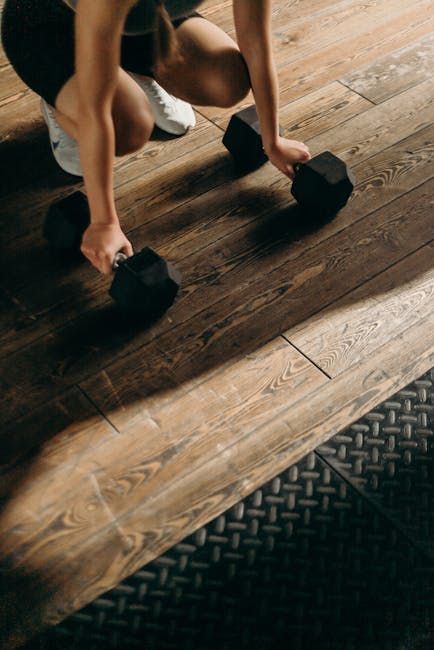
References & Further Reading
- World Health Organization. WHO Guidelines on Physical Activity and Sedentary Behaviour (2020). Adults should perform muscle-strengthening activities for all major muscle groups on ≥2 days/week. Direct PDF: https://iris.who.int/bitstream/handle/10665/336656/9789240015128-eng.pdf
- Momma H, et al. Muscle-strengthening activities are associated with lower risk of all-cause and cause-specific mortality: systematic review and meta-analysis. Br J Sports Med . 2022. PDF: https://bjsm.bmj.com/content/bjsports/56/13/755.full.pdf | PubMed: https://pubmed.ncbi.nlm.nih.gov/35228201/
- Ratamess NA, et al. ACSM Position Stand: Progression Models in Resistance Training for Healthy Adults. Med Sci Sports Exerc. 2009. PDF: https://tourniquets.org/wp-content/uploads/PDFs/ACSM-Progression-models-in-resistance-training-for-healthy-adults-2009.pdf
- Faigenbaum AD, et al. Resistance training among young athletes: safety, efficacy and injury prevention effects. Br J Sports Med . Open access review with comparative injury rates. Link: https://pmc.ncbi.nlm.nih.gov/articles/PMC3483033/
(Optional bonus: For combined strength + cardio benefits on mortality risk, see also BMJ pooled analyses: https://www.bmj.com/content/370/bmj.m2031)
Experience the TNT Strength difference with a free workout.
START YOUR FITNESS TRANSFORMATION WITH A
FREE WORKOUT
Complete the form and we'll set up an appointment for you.

